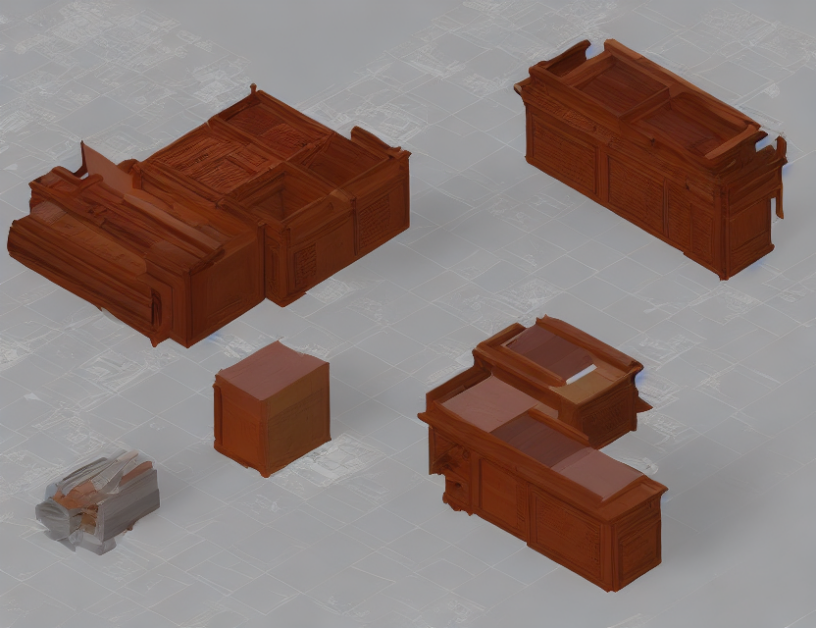Image representation and generation have been crucial topics in the field of computer vision and machine learning. Recently, there has been significant progress in developing techniques that can learn to represent images in a compact and meaningful way, as well as generate new images that are similar yet distinct from those in the training dataset. This article delves into the current state-of-the-art methods for image representation and generation, providing insights into their underlying mechanisms and applications.
Section 1: Image Representation Methods
Image representation is a critical step in image processing and analysis. Traditional methods involve handcrafting features or using pre-trained neural networks to extract features from images. However, these approaches have limitations as they fail to capture the full essence of an image. To address this challenge, new techniques have been proposed that can learn to represent images in a more efficient and effective manner. These methods include:
- Sparse coding: This technique involves learning a set of basis vectors that can be used to represent images efficiently. By representing images as a linear combination of these basis vectors, sparse coding can reduce the dimensionality of image data while preserving important information.
- Autoencoders: Another approach is to use autoencoders, which are neural networks that learn to compress and reconstruct images. The lower-dimensional representation of images learned by autoencoders can be used for tasks such as image retrieval and classification.
- Generative adversarial networks (GANs): GANs are a type of neural network that consists of two components: a generator network that generates new images, and a discriminator network that evaluates the generated images and provides feedback to the generator. Through this process, the generator learns to generate realistic images that are similar yet distinct from those in the training dataset.
Section 2: Image Generation Methods
In addition to image representation, there has been significant progress in developing techniques for generating new images that are similar to those in a given dataset. These methods include:
- Image-to-image translation: This technique involves translating an input image into a new image with desired attributes. For example, converting a black-and-white image into a color image or transforming a photo of a cat into a painting.
- Image synthesis: Another approach is to generate new images from scratch using a Generative Model. These models learn to generate realistic images by sampling from a learned distribution of images.
- Point cloud transformers: This technique involves representing 3D points as a set of latent vectors, which can be used to generate new 3D shapes and objects.
Section 3: Applications of Image Representation and Generation
The applications of image representation and generation are vast and varied. These techniques have the potential to revolutionize fields such as computer vision, robotics, healthcare, and entertainment. Some of the key applications include:
- Medical imaging: Image representation and generation can be used to analyze and diagnose medical conditions more accurately than ever before. For example, GANs can be used to generate synthetic medical images that can be used to train machine learning models for disease detection and diagnosis.
- Robotics: Image representation and generation can enable robots to understand their environment better, recognize objects, and navigate through complex spaces.
- Virtual reality and augmented reality: Image representation and generation can create realistic virtual environments and objects that can be used in a variety of applications such as gaming, education, and entertainment.
Conclusion
In conclusion, image representation and generation have come a long way in recent years, with new techniques emerging that can learn to represent images in a more efficient and effective manner. These methods have the potential to revolutionize a wide range of fields and applications, from medical imaging to robotics and virtual reality. As these techniques continue to advance, we can expect even more exciting developments in the future.



